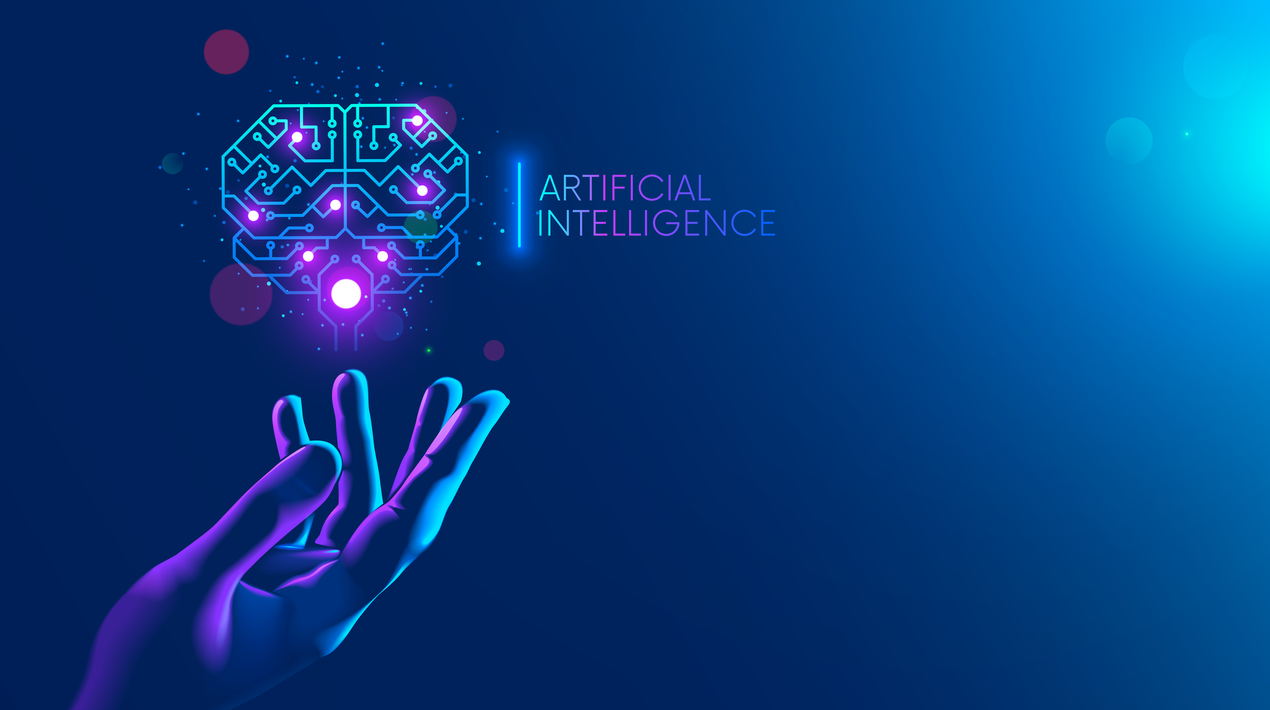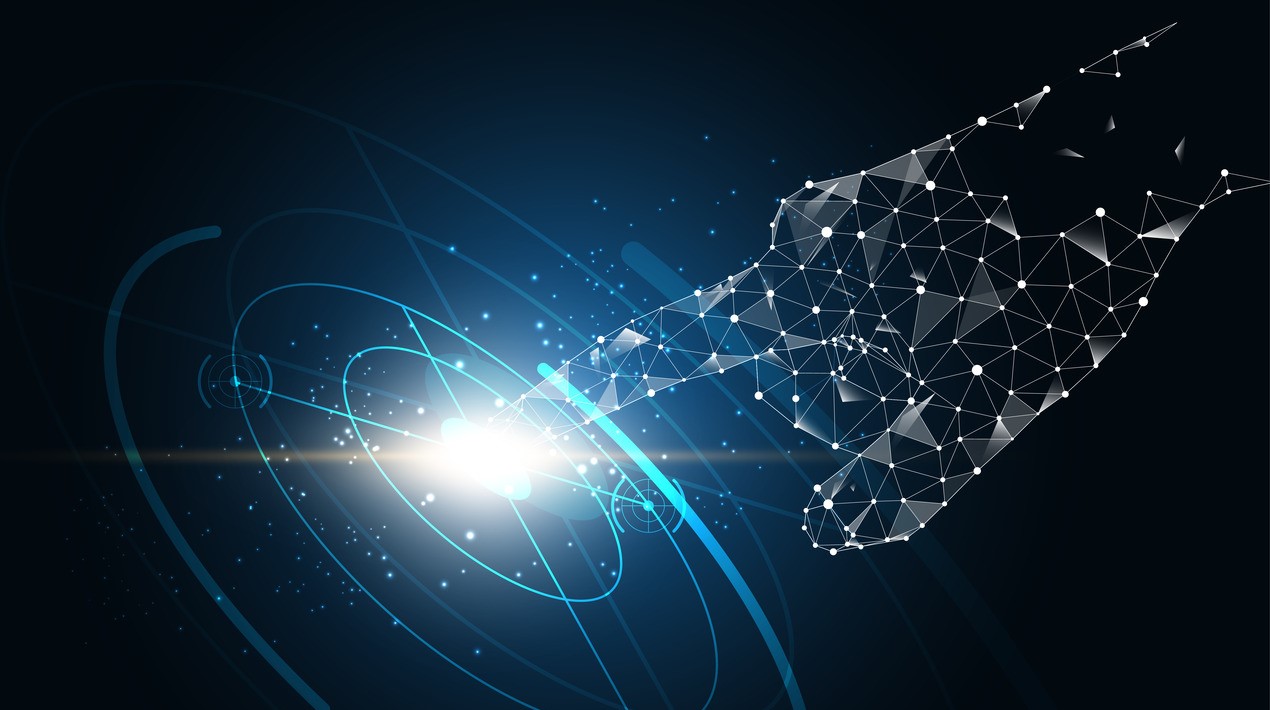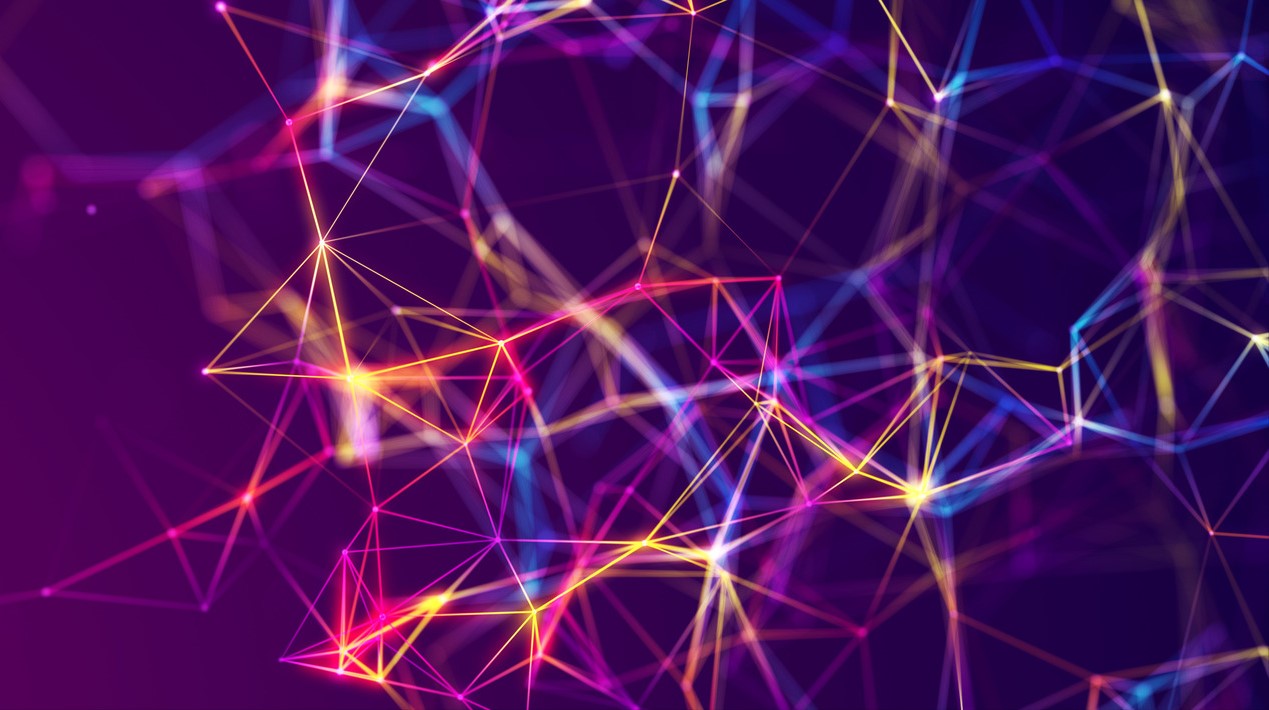
The U.S. National Science Foundation (NSF) announced the creation of a US$ 20 million Artificial Intelligence (AI) research institute led by faculty from three top universities in the U.S. The new institute, the AI Institute for Dynamic Systems, will focus on developing new machine learning ideas and techniques, with the team exploring new ways to use AI to integrate physics-based modelling to accelerate scientific discovery.
For decades, scientists and engineers have toiled to accelerate AI development. Now AI will return the favour by helping accelerate scientific discovery itself. The AI Institute is one of 11 new NSF-funded centres that are part of a larger $220 million investment in AI and AI-enabled research.
The Institute’s goal is to integrate AI and machine learning with physics-based models to tackle some of the biggest challenges in science and engineering, such as materials discovery. The researchers want to use AI to help scientists and engineers speed up their work. Businesses use AI primarily for prediction; scientists use AI for gaining insight.
There is tremendous potential for AI within the scientific process: helping scientists to choose what and how to measure, discovering new relationships in measured data, and understanding and explaining these discoveries.
Scientific discovery is one part of the Institute’s mission; it will also focus on developing more powerful AI tools to do this work, including the use of AI to build better AI. Engineers like to invent systems to solve problems. They are now faced with the ultimate challenge to create a system that can itself invent solutions automatically.
The Institute will also focus on training future researchers in AI techniques. Examples include partnering with high school programs that focus on AI-related projects and recruiting and preparing recent college graduates from underrepresented groups, U.S. veterans and first-generation college students to go on for a graduate degree. The institute will provide massive open-source educational materials that include lectures, data and code packages for advancing and empowering AI.
The researchers are so excited to bring together a critical mass of amazing and innovative researchers from across the U.S. to really move the needle in developing machine learning technology for physical and engineering dynamic systems. They also have a deep connection with industry partners, which provides them with an incredible opportunity to make sure that we are focused on important and relevant problems and that their technology will actually be used.
The new NSF National AI Research Institutes are hubs for academia, industry and government to accelerate discovery and innovation in AI. Inspiring talent and ideas everywhere in this important area will lead to new capabilities that improve our lives from medicine to entertainment to transportation and cybersecurity and position us in the vanguard of competitiveness and prosperity.
AI is being integrated into every industry and every discipline, including journalism, nursing, or nutrition. From retail to real estate, AI is going to be a part of every industry’s future, and everyone needs to be prepared. As reported by OpenGov Asia, U.S. researchers have built a high-fidelity simulation environment that is designed for developing algorithms that improve causal discovery and counterfactual reasoning of AI.
The researchers illustrated a problem by making an analogy of AI in a different context. If a self-driving car were confined to the streets of a neighbourhood in Arizona with few pedestrians, wide, flat roads and street signs with English writing, and then they deployed the car on the narrow, busy streets of Delhi, where street signs are written in Hindi, pattern recognition would be insufficient to operate safely.
The recent paper took a closer look at this problem and the researchers proposed a new high-fidelity simulation environment. They designed a high-fidelity simulation with the ability to control causal structure. A more robust AI model does more than simply learning patterns. It captures the causal relationships between events.
















